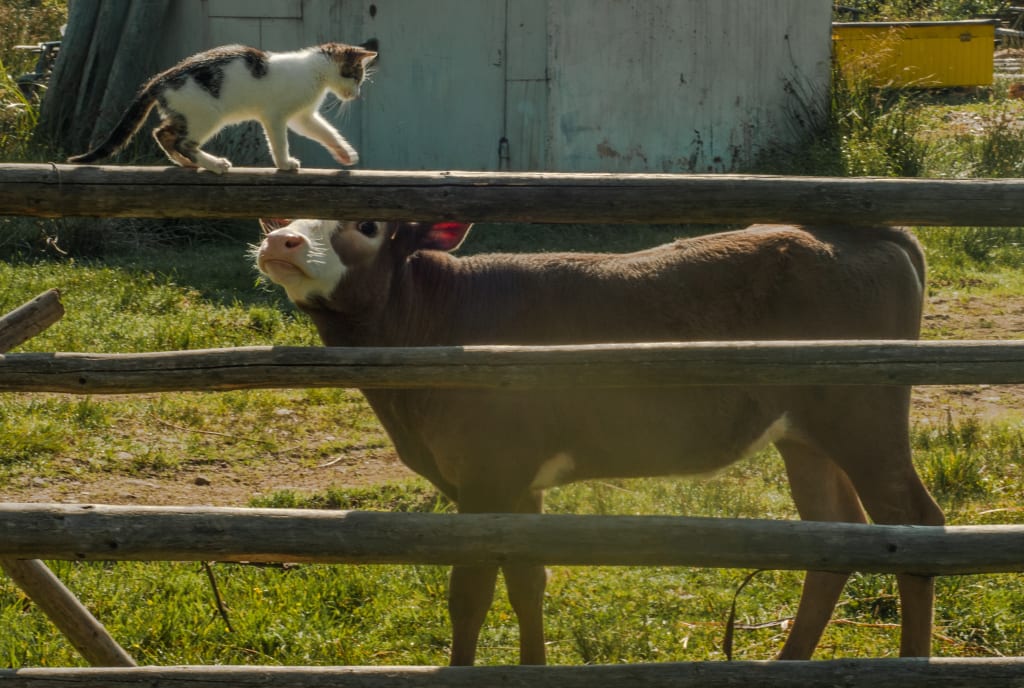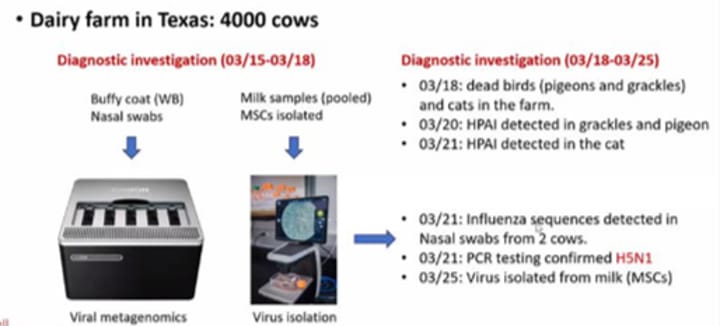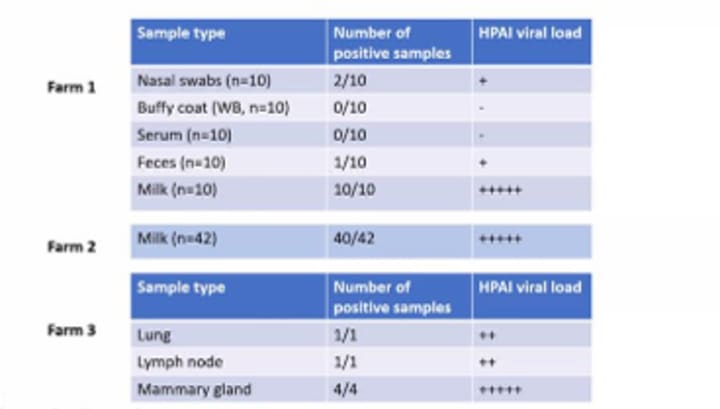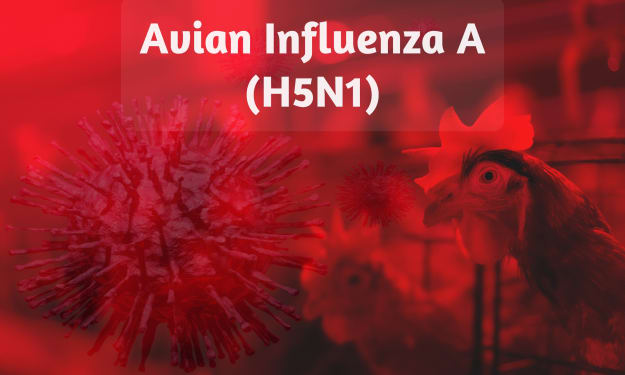More Unsettling News on the Highly Pathogenic Avian Influenza Situation
Cornell Shares Some Less Then Reassuring Data in a Teleconference On the Rapidly Evolving Situation This Morning

I was hoping today would bring some better news on the highly pathogenic avian influenza (HPAI) front, but was quickly disabused of that notion when I received word of what had transpired at a teleconference today featuring researcher's from Cornell's Veterinary Diagnostic Center. Unfortunately I was not able to attend but a colleague filled me in and provided a couple of relevant screenshots (included below) of some of the key information shared. I am currently trying to obtain a link to a recording of the event but as of this moment it has not yet been uploaded. Even in the absence of seeing that video the information in the two screenshots is disturbing for many reasons. From the dairy farm in Texas where 4000 cows were tested we see that dead birds (pigeons and grackles) were found on March 18 and then on the 20th, two days later, HPAI was detected in grackles and pigeons. Going to assume that means in the dead grackles and pigeons but not clear from this slide if that is the case or if was also detected in still living birds. That is a critical piece of information because with a 99% lethality rate there should not be many or any still living birds around to test positive. If there are it might suggest this particular variant has reduced lethality compared to wild-type. This is actually not a good thing as the ultra high lethality of the disease is one of the things that tends to limit its spread. Also, disturbing the fact that on 03/21 a cat on the farm (yet another mammal) tested positive for HPAI. No word on why the cat was tested, or if it was showing symptoms or its ultimate fate. HPAI has been detected in cats and dogs in European outbreaks but was thought to be incidental from them going after infected birds or playing with carcasses. They are usually not sick. In this particular instance if the cat actually gets sick that is a very different scenario and potentially highly problematic. I will be listening looking for news on the fate of this particular cat very closely and that information may be in the recording I am still waiting to be posted. Also on 03/21 we see that influenza sequences were detected in 2 cows nasal swabs which were then confirmed as H5N1 that same day. Then four days later on 03/25 the virus was isolated from milk, apparently within MSC cells. I believe these are Mesenchymal stem cells aka mesenchymal stromal cells or medicinal signaling cells, which are multipotent stromal cells that can differentiate into a variety of cell types, including osteoblasts (bone cells), chondrocytes (cartilage cells), myocytes (muscle cells) and adipocytes (fat cells). In any case the virus was present at very, very, very high levels and that fact, combined with some other data, suggests that the virus may actually be capable of replicating in milk.

The second data set from three farms shown in the figure below would seem to bear that out. Disturbingly but perhaps not surprisingly on farm 1 10/10 milk samples tested were positive for HPAI and on farm 2 we see 40/42 samples testing positive. All positives were seen to have viral loads designated with five +'s. That is a very large number. In fact, I thought the scale only went to four +'s. On farm 1 positive samples were also seen in nasal swabs and feces though loads were much lower. Medium viral load positive lung and lymph node samples along with very high load mammary gland positives were also seen at farm 3. Not at all surprising given the milk results. Taken in total not the greatest news and my unease about this rapidly evolving situation continues to grow. May have more to say on this after I see the video. Will include in next post when I do. When it does post it should be found here. Special thanks to my anonymous colleague for providing the screenshots and the link. You know who you are. The meeting was open to the public so I have no reservations about sharing the information presented with appropriate credit and citations given of course.

About the Creator
Everyday Junglist
Practicing mage of the natural sciences (Ph.D. micro/mol bio), Thought middle manager, Everyday Junglist, Boulderer, Cat lover, No tie shoelace user, Humorist, Argan oil aficionado. Occasional LinkedIn & Facebook user






Comments (1)
Cats are notorious for not showing illness until they are close to death. They are super strong and hide pain. Deforestation plays a big part in all of these viruses; much more in rain forest areas and obviously not on a U.S. industrial livestock farms. https://www.nationalgeographic.com/environment/article/deforestation from the CDC on virus: https://www.cdc.gov/flu/avianflu/spotlights/2023-2024/h5n1-analysis-texas.htm